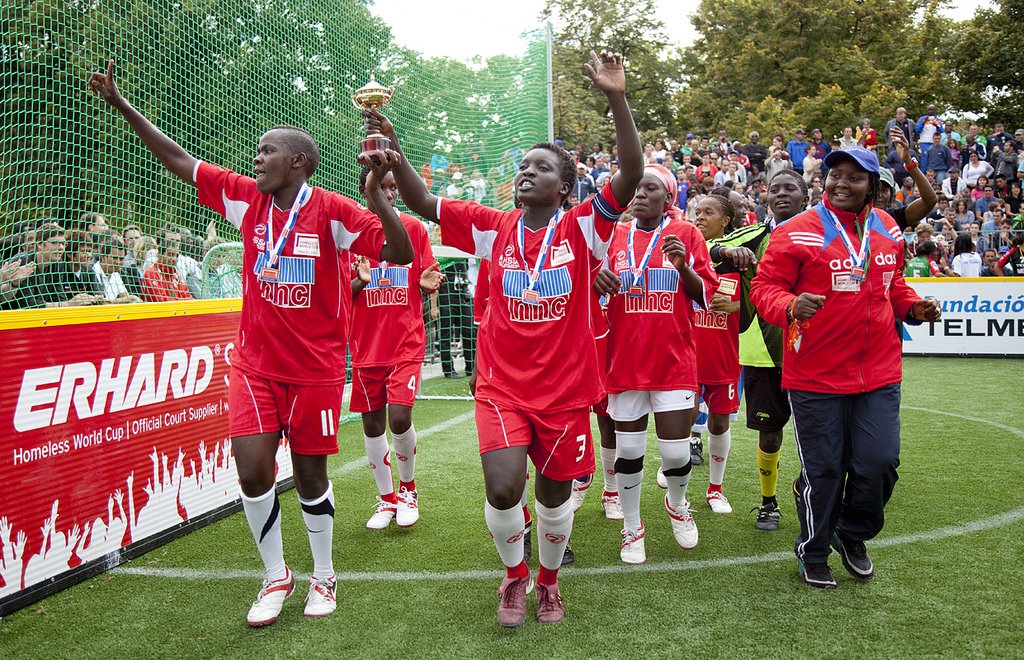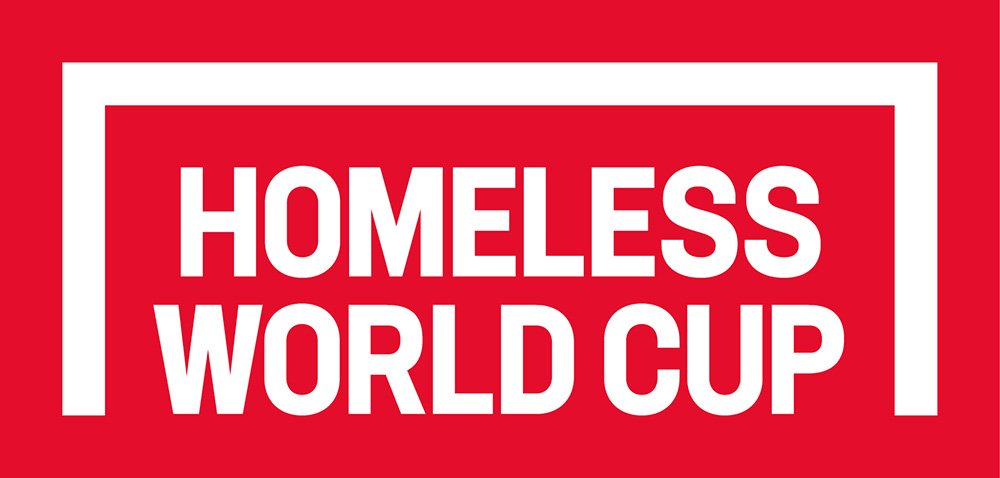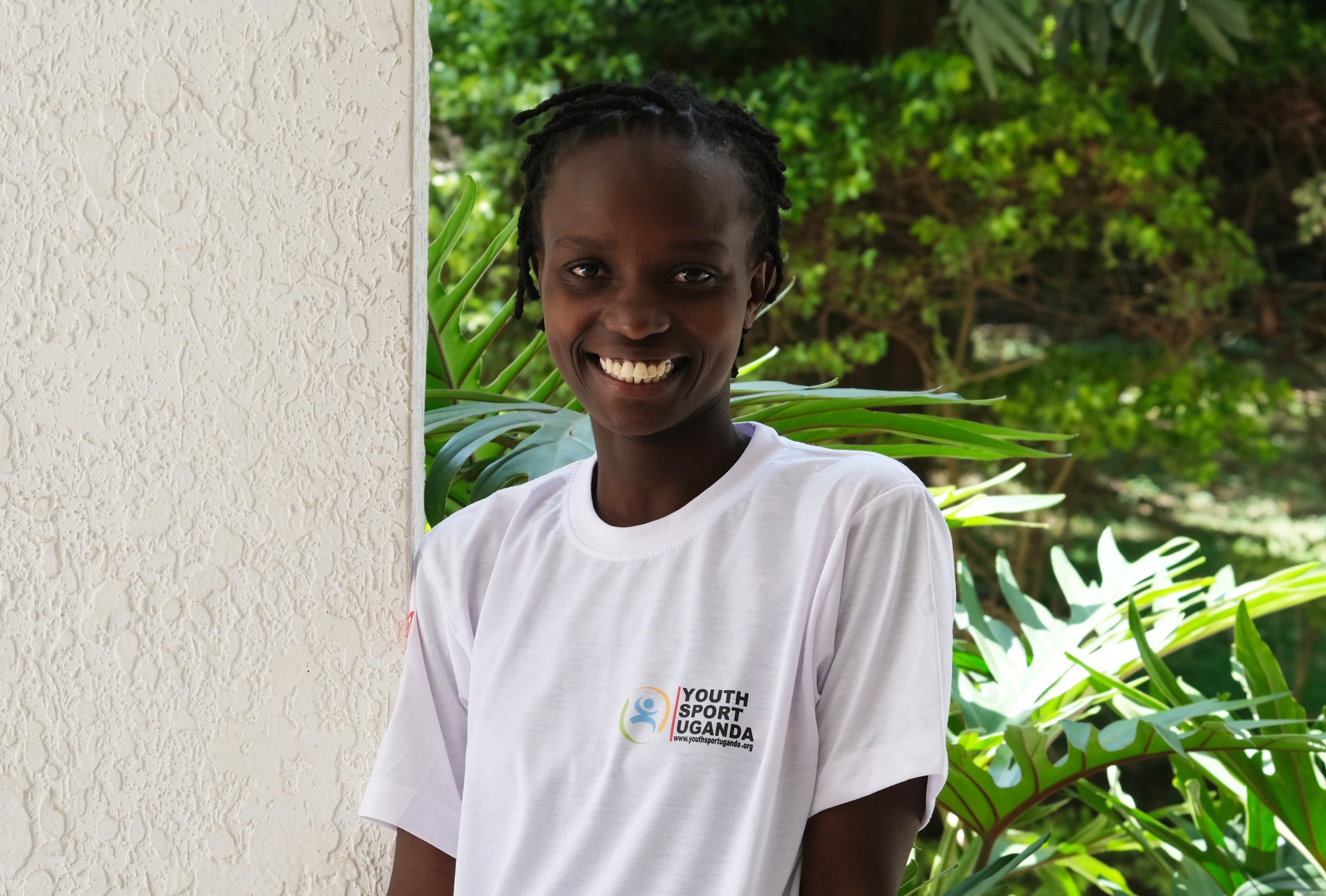
Kenya
VIJANA AMANI PAMOJA (VAP)
Vijana Amani Pamoja (VAP) was originally formed as a football club in 2003. It was formed in an area where the prevalence of HIV cases were skyrocketing. The majority of its players had become infected directly or indirectly, loosing either one or both parents to HIV.
The club developed into a community scheme that uses the power and the popularity of the game of football as a metaphor to fight HIV and was officially registered in 2006.
Today the mission is to integrate social and economic values through football by creating a pro-active healthy environment.
VAP focuses on creating awareness of:
HIV – through Skillz Kenya, a football based curriculum that focuses on both boys and girls
Sexual Reproductive Health and Rights (SRHR) – through the Goal program, which focuses on girls and young women
Employment and Entrepreneurship – through vocational training courses which focuses on graduates of all VAP programs
Maktaba Mtaani – through football and STEM, which focuses on both boys and girls using football to teach and advocate for STEM Education.
PARTICIPANTS
Skillz Kenya targets both boys and girls aged 11-21 years old.
Maktaba Mtaani targets the same age group and both genders.
Goal program targets girls alone aged 11-21 years old while Employment and Entrepreneurship targets both genders aged 16 years to 25 years.
LOCATIONS
Nairobi
Country statistics
Human Development Index: 146 out of 193 (UNDP, 2022)
Average Annual Income: $2,110 (World Bank, 2023)
Poverty Rate: 38.6% of the population (World Bank, 2021)
Kenya is a country in Eastern Africa, with a population of approximately 56 million (Worldometers, 2024). The country faces ongoing challenges related to human rights and governance. Approximately 56% of the urban population, around four million people, live in slums or non-traditional housing settlements.
The Kenyan Government is currently expanding its Cash Transfer Programme (Inua Jamii), which aims to reduce poverty rates, from 1.2 million houses in 2022 to 1.7 million in 2024. The Government aims to expand this to 2.5 million households by 2026, specifically prioritising vulnerable households with children (UNICEF, 2024).
As of May 2024, Kenya hosts more than 774,000 refugees and asylum seekers, the majority (58.1%) from neighbouring Somalia. In the same month, nearly 20,000 people in the Dadaab refugee camps – which hosts 380,000 refugees - were displaced due to severe flooding. (UNHCR, 2024)
Africa continues to face alarmingly high rates of femicide, with over 20,000 women and girls killed in the past year alone. In response, campaign groups in Kenya are raising their voices, advocating for femicide to be officially recognised as a national disaster (Deutsche Welle, Guardian 2024).
Furthermore, the 2019 Violence Against Children Survey in Kenya revealed that one in six females (15.6%) reported experiencing childhood sexual violence, with up to 62.6% of these individuals enduring multiple incidents before reaching the age of 18 (UNICEF, 2024).
Our partner in Kenya, Vijana Amani Pamoja, is the regional hub for our Football to Protect Vulnerable Women from Exploitation project which runs from December 2023 – December 2025 in collaboration with the FIFA Foundation. The project has collaboratively established a new curriculum for male and female participants on gender-based violence and gender equality.
STORIES from the region










